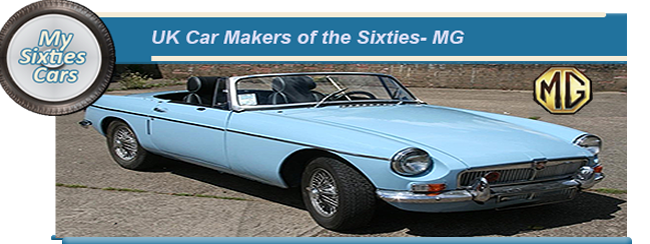
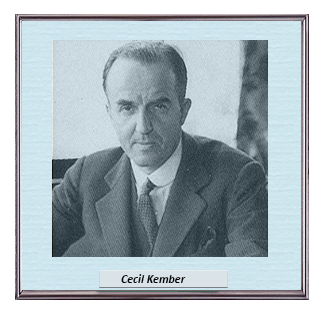 The dynamic Kimber, then in his Thirties, was well aware that the company’s owner, auto magnate William Morris, was not one to let a good idea go to waste.
The dynamic Kimber, then in his Thirties, was well aware that the company’s owner, auto magnate William Morris, was not one to let a good idea go to waste.
So when Kimber approached Morris to explain his vision, he succeeded in capturing his imagination and his full attention.
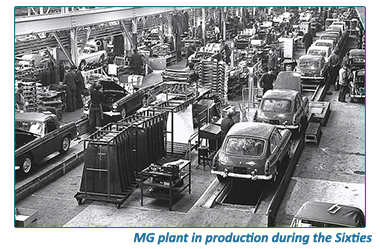 Kimber's vision was to develop a line of cars, based on existing Morris production models, although produced at levels of finish and technical capability that would allow them to be considerably sportier than the range of cars currently in production in the Morris network of car manufacturers.
Kimber's vision was to develop a line of cars, based on existing Morris production models, although produced at levels of finish and technical capability that would allow them to be considerably sportier than the range of cars currently in production in the Morris network of car manufacturers.
 The not easy to please Viscount Nuffield was impressed with Kimber’s drive and gave the young visionary his blessing to proceed with his project.
The not easy to please Viscount Nuffield was impressed with Kimber’s drive and gave the young visionary his blessing to proceed with his project.
In appreciation, Kimber named his new initiative MG Motors, with the MG an abbreviation of Morris Garages.
![]()
Pretty soon the first line of MGs began to appear, the" Chummy", based on Kimber designed coach-built touring bodies on a Morris Cowley chassis,
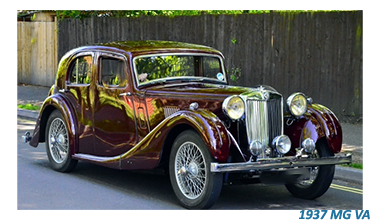 A few years later, MG released the 14/28 Super Sports model, the first true MG, with the car fitted with the traditional octagonal logo which has become a feature of every MG released ever since.
A few years later, MG released the 14/28 Super Sports model, the first true MG, with the car fitted with the traditional octagonal logo which has become a feature of every MG released ever since.
Initially, MG was given a free hand to grow as an independent unit by Lord Nuffield. That growth continued steadily until 1935 at which point MG was designated a fully-fledged subsidiary of the Nuffield Organisation.

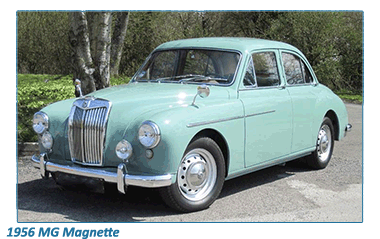 By 1939, most MGs had become up-market relatives of other Nuffield marques — Morris, and particularly Wolseley — but had kept their sports car pedigree (the TA/TB types) alive.
By 1939, most MGs had become up-market relatives of other Nuffield marques — Morris, and particularly Wolseley — but had kept their sports car pedigree (the TA/TB types) alive.
MG's most significant advantage was that it assembled its cars at Abingdon, south of Oxford, in a dedicated plant.
![]()
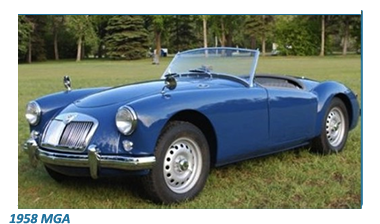 Tragically Cecil Kimber would not be spared to see MG reach their peak, during the Fifties and Sixties, as he lost his life in a rail accident in 1945, at the age of just 57.
Tragically Cecil Kimber would not be spared to see MG reach their peak, during the Fifties and Sixties, as he lost his life in a rail accident in 1945, at the age of just 57.
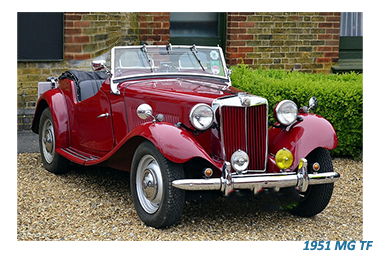 From the mid-Nineteen Fifties, BMC (which had absorbed the Nuffield Group ) gradually began to impose their will on MG, meaning that all models released from that time required to be fitted with engines and transmission assemblies, produced by the group.
From the mid-Nineteen Fifties, BMC (which had absorbed the Nuffield Group ) gradually began to impose their will on MG, meaning that all models released from that time required to be fitted with engines and transmission assemblies, produced by the group.
With Austin-Healey assembly concentrated at Abingdon from 1957, the unit became a dedicated BMC sports car factory, meaning that all MG saloons, such as the Magnette Mk III and the 1100 were always assembled elsewhere.
Although vast numbers of Midgets and MGBs were produced at Abingdon until the end of the 1970s, the growing scourge of amalgamation, and consolidation, which had become so predominant in the UK car industry of the era, had taken full control at BMC, eventually signalled the end of MG and with it Cecil Kimber’s heritage.




